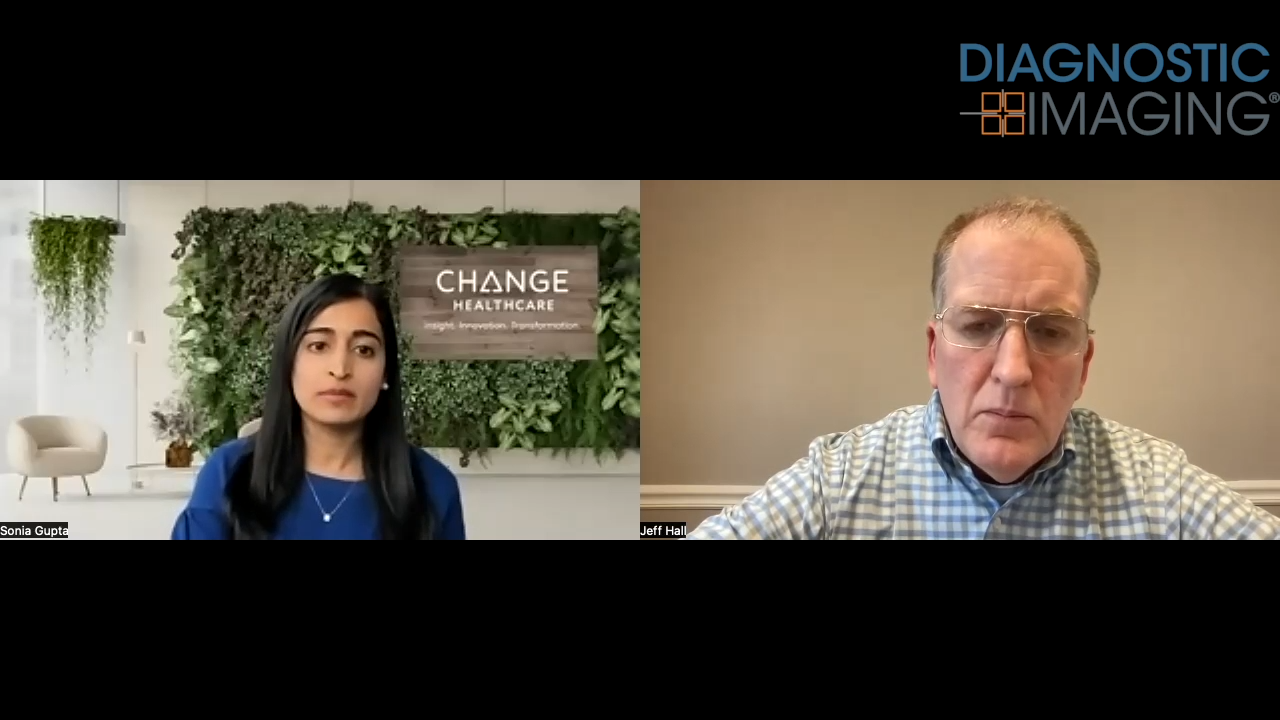Rusckowski maps future of new Philips Healthcare unit
The coming merger of Philips’ medical systems and home-care healthcare under its Vision 2010 initiative, announced Sept. 10, will allow cost savings through streamlined operations and increased revenues achieved by taking market share from competitors, according to Steve Rusckowski, the newly ordained leader of this soon-to-be-minted business unit.
The coming merger of Philips' medical systems and home-care healthcare under its Vision 2010 initiative, announced Sept. 10, will allow cost savings through streamlined operations and increased revenues achieved by taking market share from competitors, according to Steve Rusckowski, the newly ordained leader of this soon-to-be-minted business unit.
Beginning Jan. 1, 2008, Rusckowski, the current CEO of Philips Medical Systems, will take over as CEO of the combined healthcare group, Philips Healthcare (DI SCAN 9/10/07, Royal Philips to combine consumer health and medical systems).
In an exclusive interview with DI SCAN, Rusckowski outlined how consolidating the healthcare operations of Philips will meet the company's overall corporate goal to double EBITDA (earnings before interest, taxes, depreciation, and amortization) per share by 2010. Expanded revenues will come in part by fixing weaknesses in Philips' four care cycles: cardiology, oncology, women's health, and critical care.
"There are gaps in our offerings," he said. "Our job will be to strengthen our weaknesses in these specific areas."
One is women's health. Philips' has substantial offerings in this area, including ultrasound, fetal monitoring, and cardiac diagnostics tailored with highly specialized gender-specific measurements, Rusckowski said. The company is weak, however, in mammography, particularly digital technology, and will consider several options to solve the problem, he said.
"One option is to partner, a second is to develop (capabilities) ourselves, and the third is to acquire," he said. "We will consider all three."
Specific initiatives will happen in the broad context of a healthcare continuum that reflects the present and, increasingly, the future of healthcare in the U.S.
"The majority of healthcare spending in the U.S. is outside the hospitals, specifically for the management of chronic disease," he said. "In this world we believe we can make a difference."
Emphasis will be on managing the patient through the use of diagnostics, including imaging, to come up with the optimal therapy, and through tools for keeping the patient, once outside the acute care setting, from returning. This will give Philips an edge, Rusckowski said.
"Our strategy is more patient-centric and clinically focused than some of the strategies of our competitors," he said.
The coming consolidation of Philips healthcare businesses will offer opportunities to improve price structures. Some of these improvements will occur through better logistics, Rusckowski said, others by improving margins in products and services. The company also will seek to drive down costs by enhancing reliability.
"You can never be too reliable, particularly in the imaging marketplace, where uptime is so important," he said.
Gains in market share will come from demonstrating how company offerings can lower the cost of healthcare both in and outside the hospital, a message that Rusckowski said will resonate with customers in the current environment, which is being shaped by reimbursement cuts.
"We approach the marketplace by joining with our customers to be part of the solution to the economic challenges they will face going forward," he said.
New Collaboration Offers Promise of Automating Prior Authorizations in Radiology with AI
March 26th 2025In addition to a variety of tools to promote radiology workflow efficiencies, the integration of the Gravity AI tools into the PowerServer RIS platform may reduce time-consuming prior authorizations to minutes for completion.
The Reading Room: Artificial Intelligence: What RSNA 2020 Offered, and What 2021 Could Bring
December 5th 2020Nina Kottler, M.D., chief medical officer of AI at Radiology Partners, discusses, during RSNA 2020, what new developments the annual meeting provided about these technologies, sessions to access, and what to expect in the coming year.










